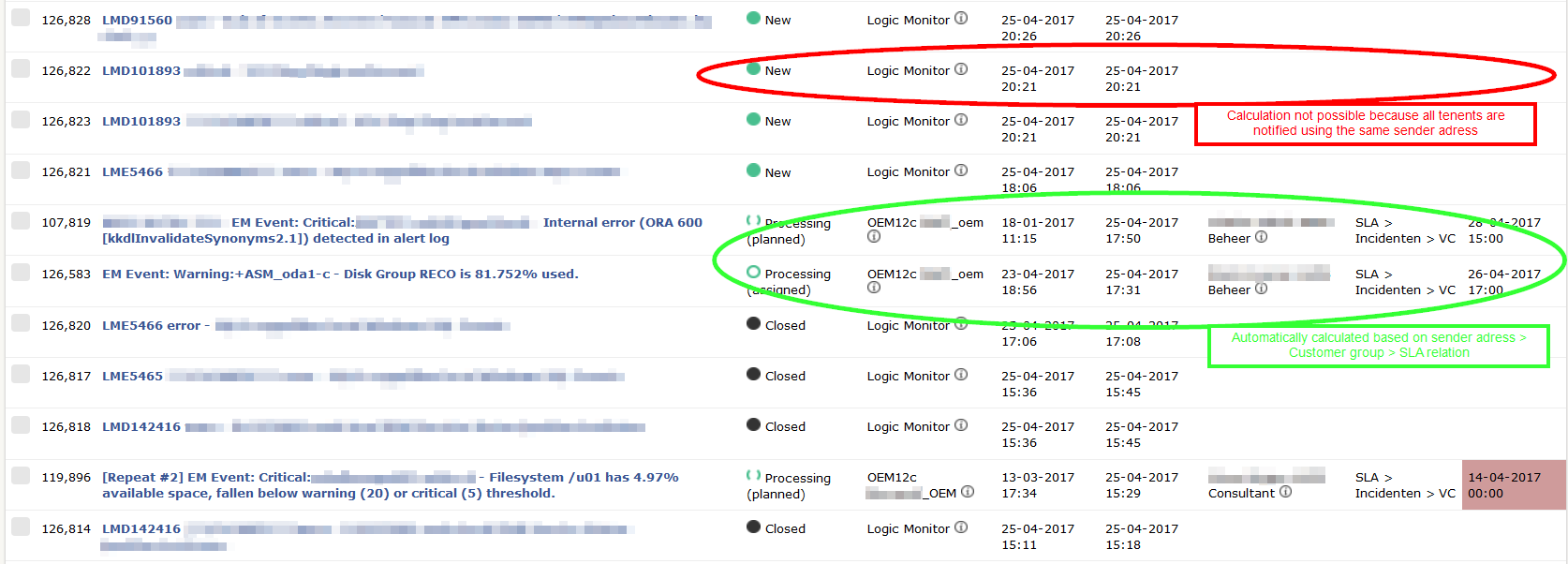Configurable sender address
Hi,
Currently we are servicing multiple customers though LM and want to expand this service to more customers.
In this ambition we face one huge challange.
Our ITSM contains mission critical and detailed information on our customer systems. Because of this we are not allowed (and not willing) to open this system up for the internet and enable for LM HTTP integrations. This means we can only use email as a save interface between LM monitored systems and our ITSM. Mission critical systems are monitored by on-premise monitoring and notify us using unique sender adresses. This allows us to automatically differentiate between various customers and group/organize tickets accordingly. Sadly all notification send by LM have a fixed sender adress. Because the same sender adress is used for all customer notifications, our ITSM tooling isnt able to differentiate between various customers. All notifications are reported from: alerter@#CUSTOMER#.logicmonitor.com.
Therefore we would like to request the ability to differentiate sender adresses from the escalation chain level. For example customer1.alerter@#CUSTOMER#.logicmonitor.com. customer2.alerter@#CUSTOMER#.logicmonitor.com. This additional field should be easy enough to filter out concerning actionable emails regex: ^.*alerter@(.+)\..+$ but will allow us to differentiate these tickets to various customer groups. This will then enable us to report about these notifications in our SLA reports accordingly, assign them to the right systems automatically, assign them to the right engineers automatically....... making our lives much easier ;-)
I really hope this can be addressed quickly.
sidenote: SSO might also be called a welcome feature, now i hold three accounts ;-)

